Four elements of power amplifier and speaker matching
 Jul 26,2024
Jul 26,2024

 Shuoyi
Shuoyi
When designing and installing a sound system, it is inevitable to encounter issues with the connection between amplifiers and speakers. In terms of timbre, attention will be paid to whether the combination is suitable for temperature and softness, and whether the softness is moderate, ultimately making the entire equipment restore a neutral timbre. This is only considered from an artistic perspective. From a technical perspective, the elements for matching power amplifiers with speakers include: 1. power matching, 2. power reserve matching, 3. impedance matching, and 4. damping coefficient matching. If we recognize the above four points when matching, we can fully and maximally utilize the performance of the equipment used.
1.Power matching
In order to achieve high fidelity listening requirements, the rated power should be determined based on the optimal listening sound pressure. We all have this feeling: when the volume is low, the sound is weak, thin, unable to come out dynamically, dull, significantly lacking in low frequencies, poor fullness, and the sound seems to be trapped inside and unable to come out. When the volume is appropriate, the sound is natural, clear, rounded, soft, full, powerful, and dynamic. But when the volume is too loud, the sound is stiff, not soft, rough, and has a piercing feeling. Therefore, there is a significant relationship between the sound pressure level and sound quality. It is recommended that the sound pressure level in the listening area be between 80 and 85dB (weighted by A). We can calculate the rated power of the speaker and the rated power of the amplifier based on the distance from the listening area to the speaker and the characteristic sensitivity of the speaker.
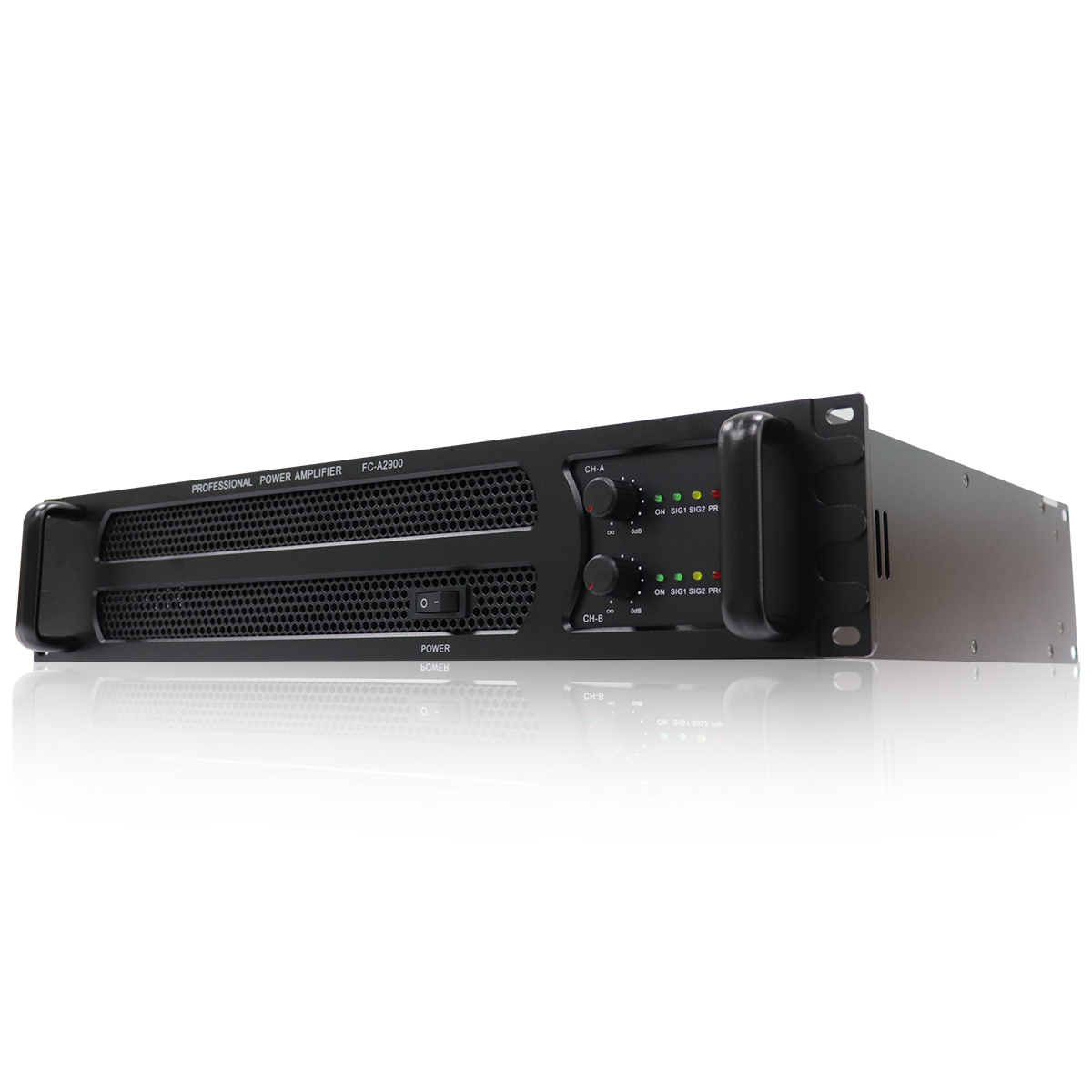
2.Power reserve matching
Speaker: In order to withstand the impact of sudden strong pulses in the program signal without damage or distortion. Here is an empirical value to refer to: the selected speaker's nominal rated power should be three times the power calculated theoretically.
Amplifier: Compared to transistor amplifiers, tube amplifiers require different power reserves. This is because the overload curve of the electronic tube amplifier is relatively smooth. For the peak of overloaded music signals, the electronic tube amplifier does not produce significant clipping phenomenon, but only makes the tip of the peak rounded. This is what we often refer to as flexible shear peaks. After the overload point, the nonlinear distortion of the transistor power amplifier rapidly increases, causing severe clipping of the signal. It does not round the peak, but cuts it neatly. Someone simulated a speaker using a composite impedance composed of resistors, inductors, and capacitors to test the actual output capability of several high-quality transistor amplifiers. The results show that in the case of a phase shift in the load, one of the 100W power amplifiers has an actual output power of only 5W at a distortion degree of 1%!
How much margin should be left for the average sound pressure level and maximum sound pressure level of the system. It depends on the content of the broadcast program and the working environment. The minimum redundancy level is 10dB. For modern pop music, bouncing and other music, a redundancy level of 20-25dB is required to ensure the safe and stable operation of the audio system.
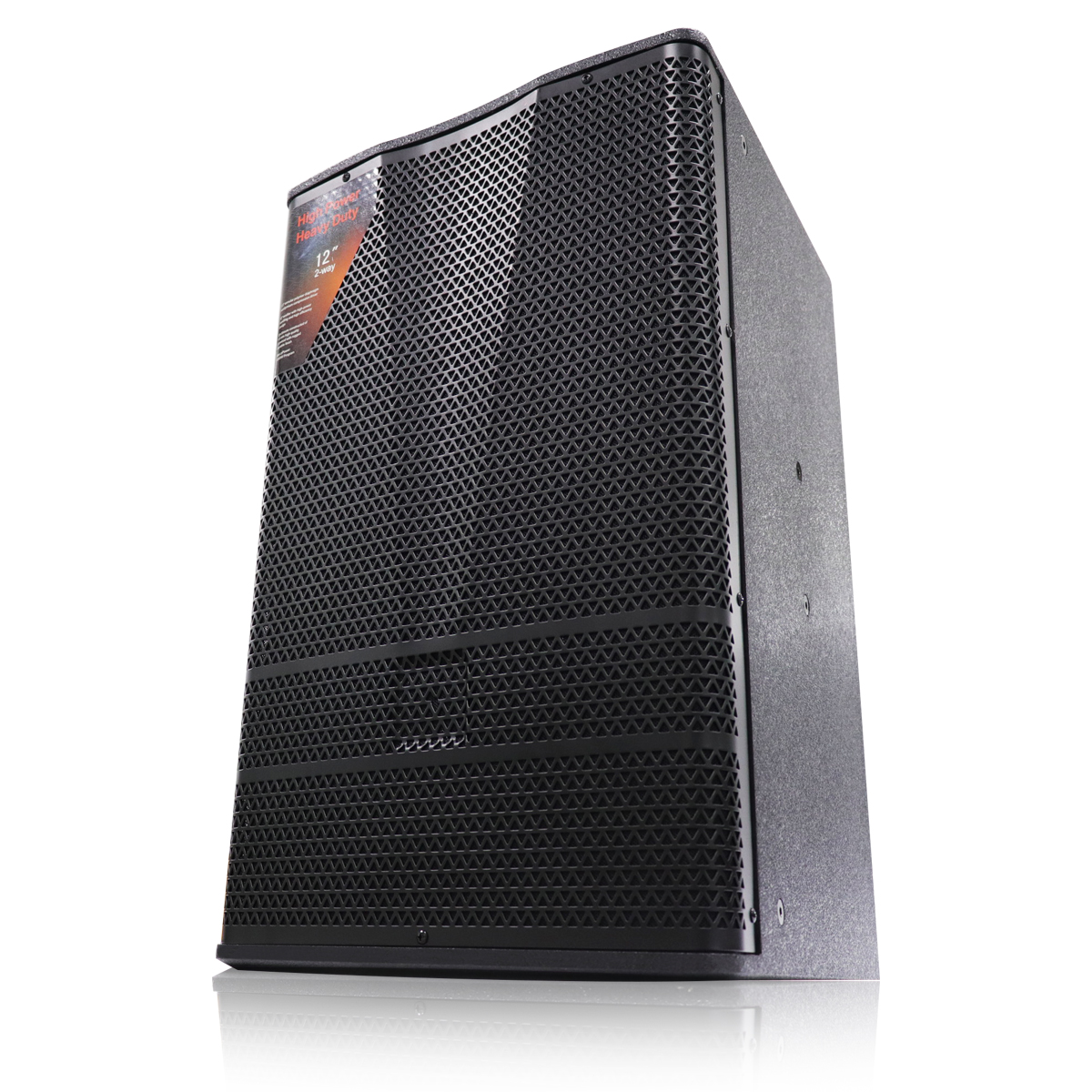
3.Impedance matching
It refers to the rated output impedance of the amplifier, which should be consistent with the rated impedance of the speaker. At this point, the amplifier is in the optimal design load line state, so it can provide the maximum undistorted power. If the rated impedance of the speaker is greater than the rated output impedance of the amplifier, the actual output power of the amplifier will be less than the rated output power. If the rated impedance of the speaker is lower than the rated output impedance of the amplifier, the audio system can work, but there is a risk of overload in the amplifier, and it is required that the amplifier has complete overcurrent protection measures to solve it. For electronic tube amplifiers, impedance matching requirements are more stringent.

4.Matching of damping coefficients
The damping coefficient KD is defined as: KD=rated output impedance of the power amplifier (equal to the rated impedance of the speaker)/internal resistance of the power amplifier output.
Due to the fact that the internal resistance of the amplifier output has become the electrical damping device of the speaker, the KD value determines the amount of resistance experienced by the speaker. The larger the KD value, the heavier the electrical damping. Of course, the KD value of the power amplifier is not necessarily better. If the KD value is too high, it will cause the electrical damping of the speaker to be too heavy, resulting in an increase in the establishment time of the pulse front and a decrease in the transient response index. Therefore, when selecting power amplifiers, one should not blindly pursue large KD values. As a reference for the damping coefficient of household high fidelity power amplifiers, there is an empirical value. The minimum requirement is that the KD value of transistor power amplifiers is greater than or equal to 40, and the KD value of electronic tube power amplifiers is greater than or equal to 6.
The basic condition for ensuring good steady-state and transient characteristics of playback is to pay attention to the coordination between the equivalent mechanical quality factor (Qm) of the speaker and the damping coefficient (KD) of the amplifier. This coordination requires considering the feed line of the speaker as a part of the overall sound system. The equivalent resistance of the feeder of the speaker should be small enough to be negligible compared to the rated impedance of the speaker. In fact, the power loss of the speaker feeder should be less than 0.5dB (about 12%) to achieve this coordination.

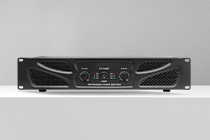
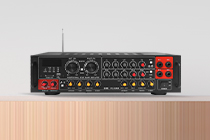
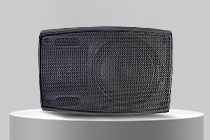


 Home
Home Professional audio amplifier terminology
Professional audio amplifier terminology  You May Also Like
You May Also Like
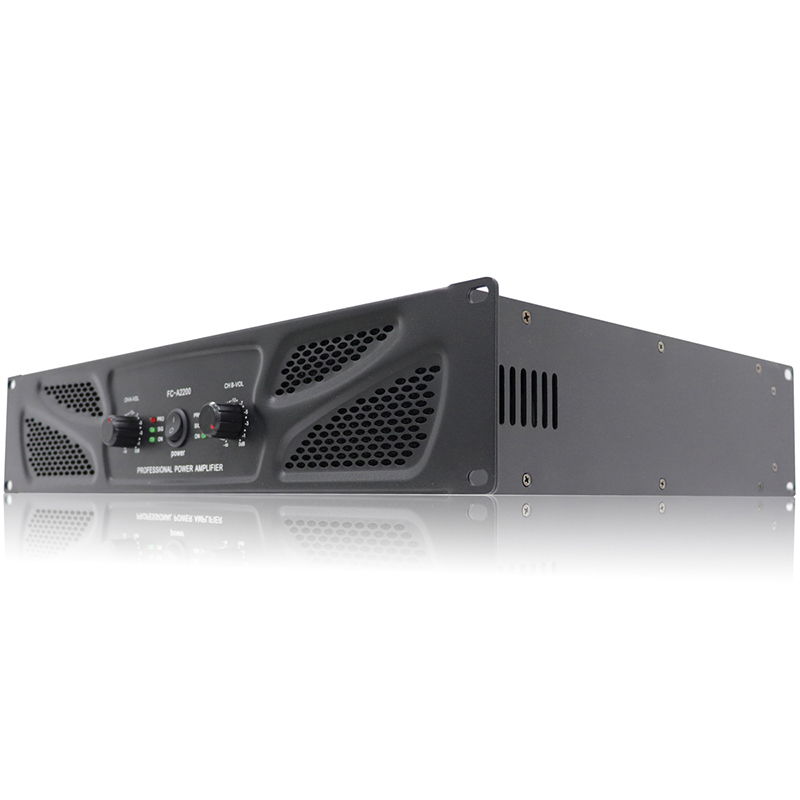

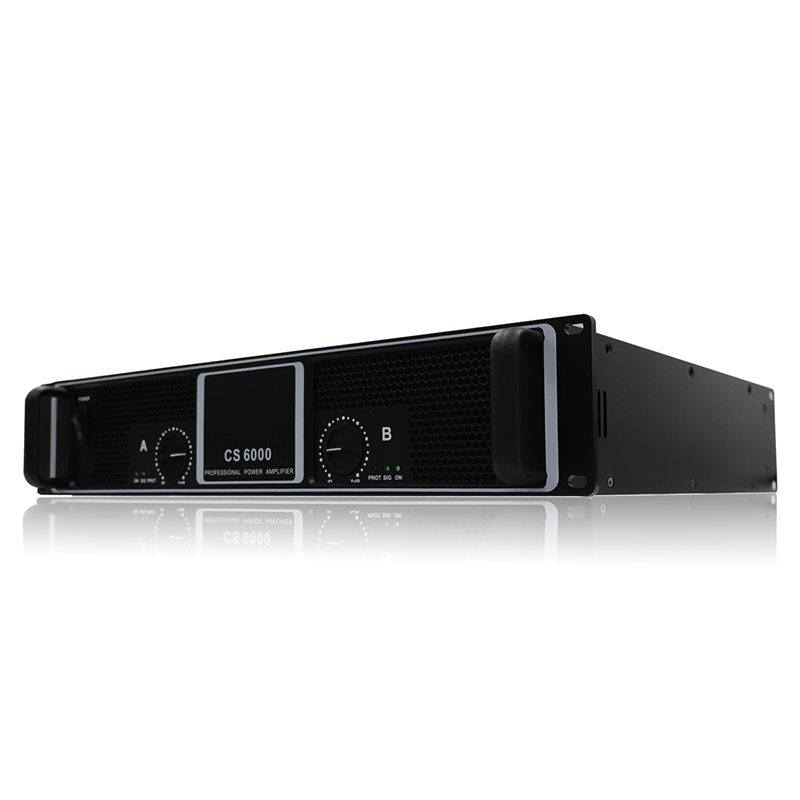
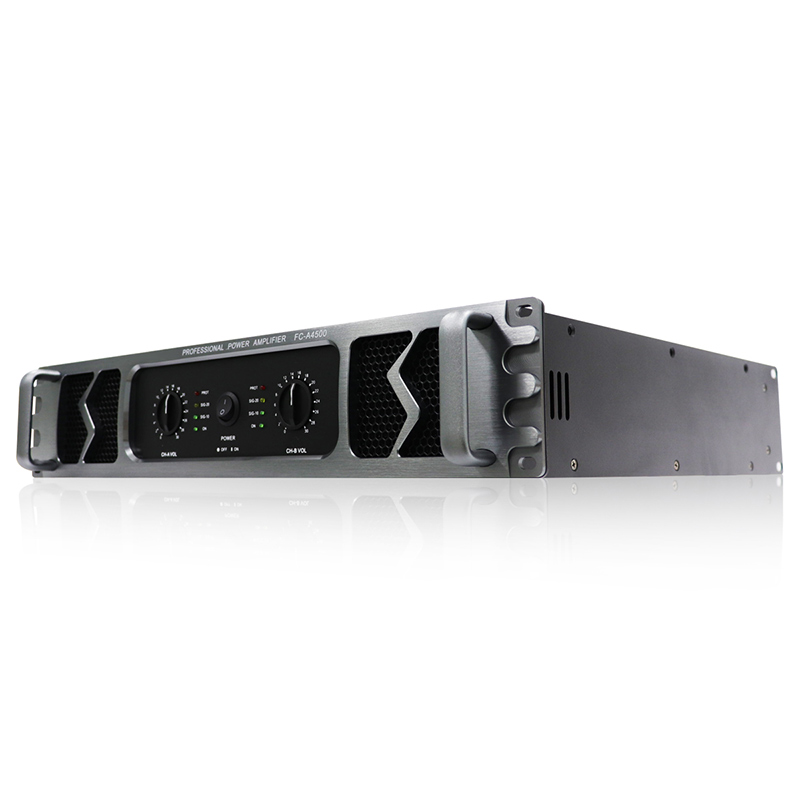
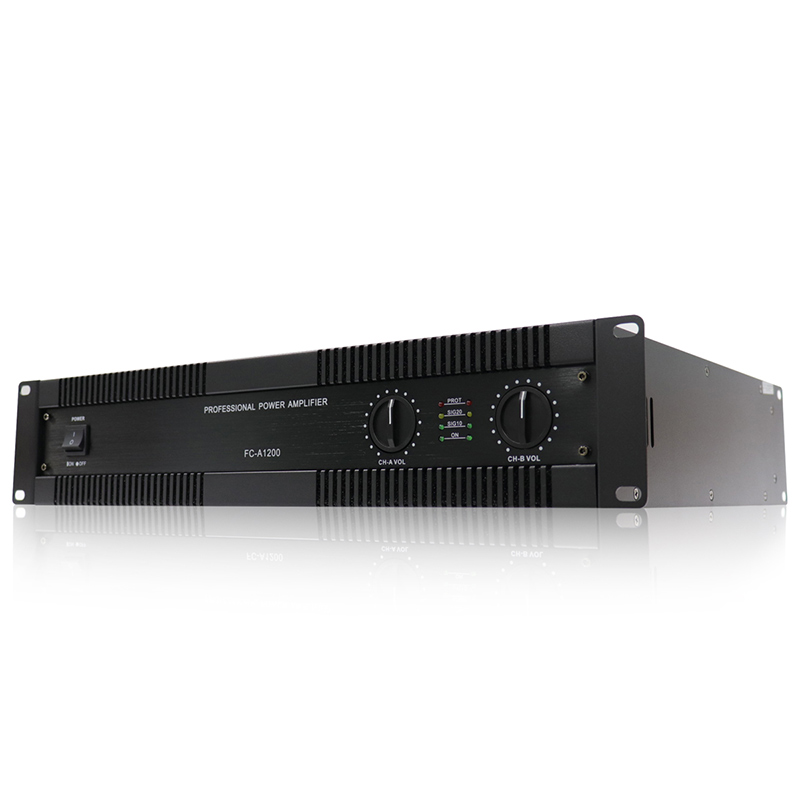
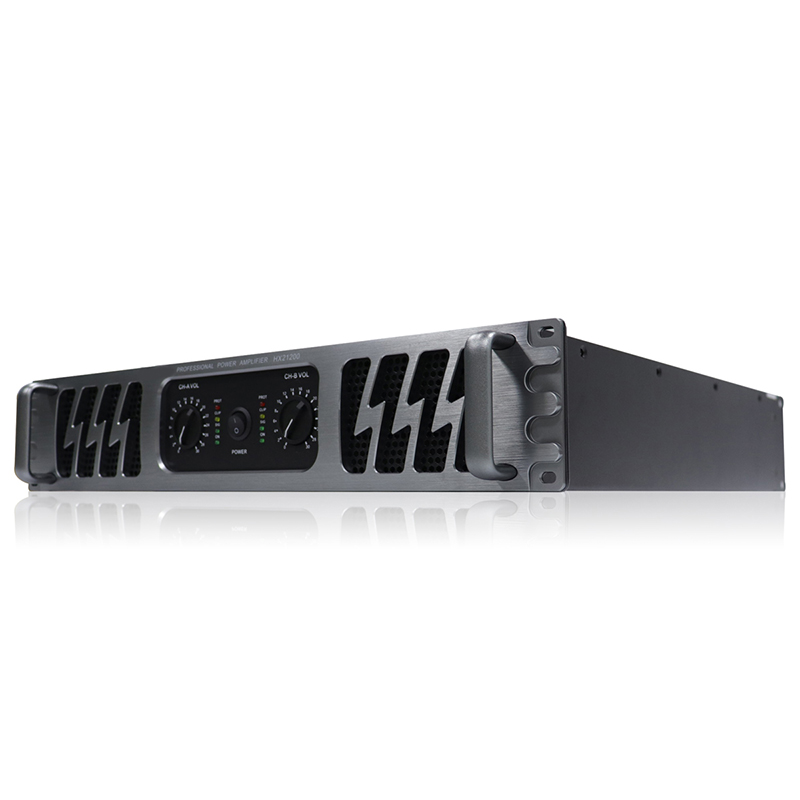
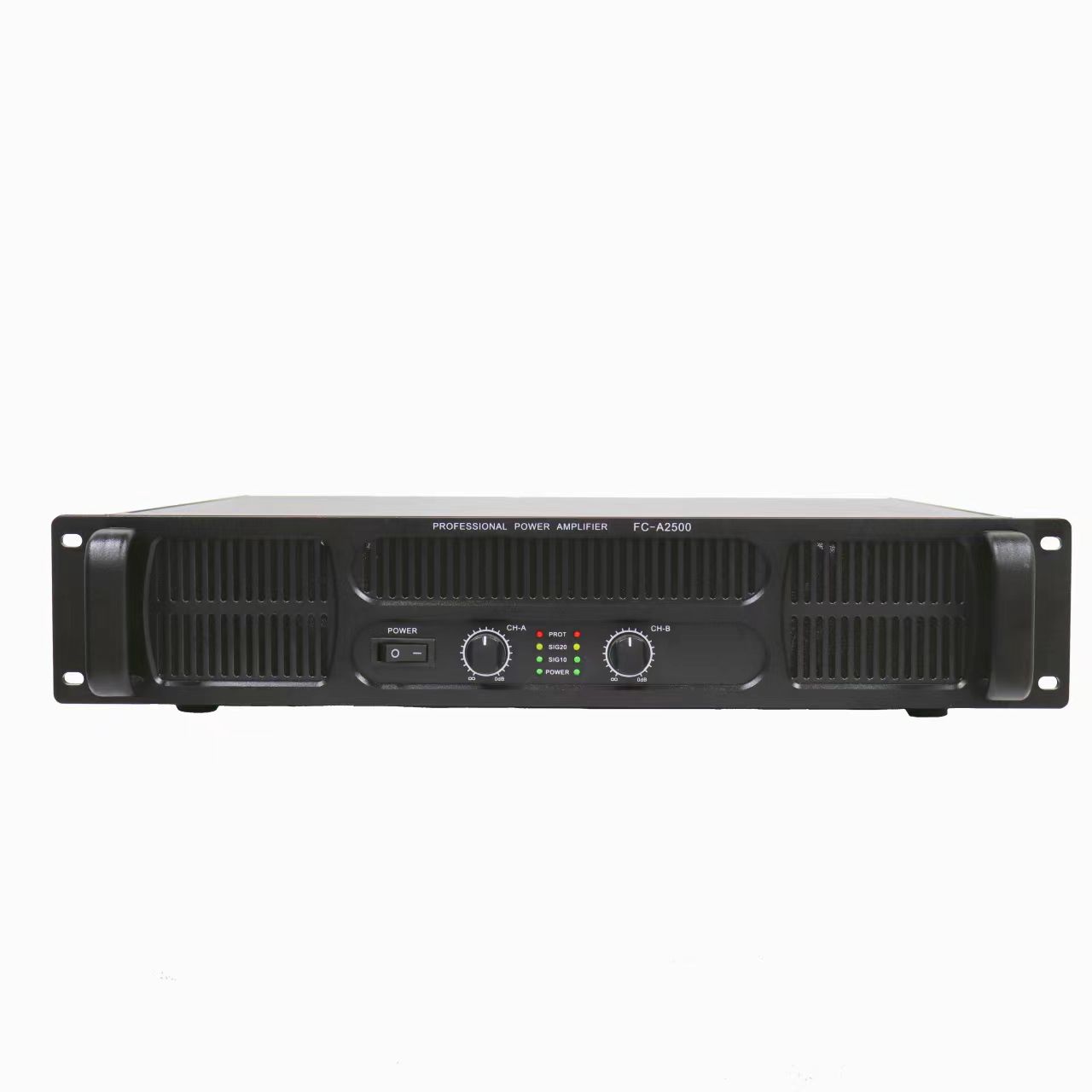
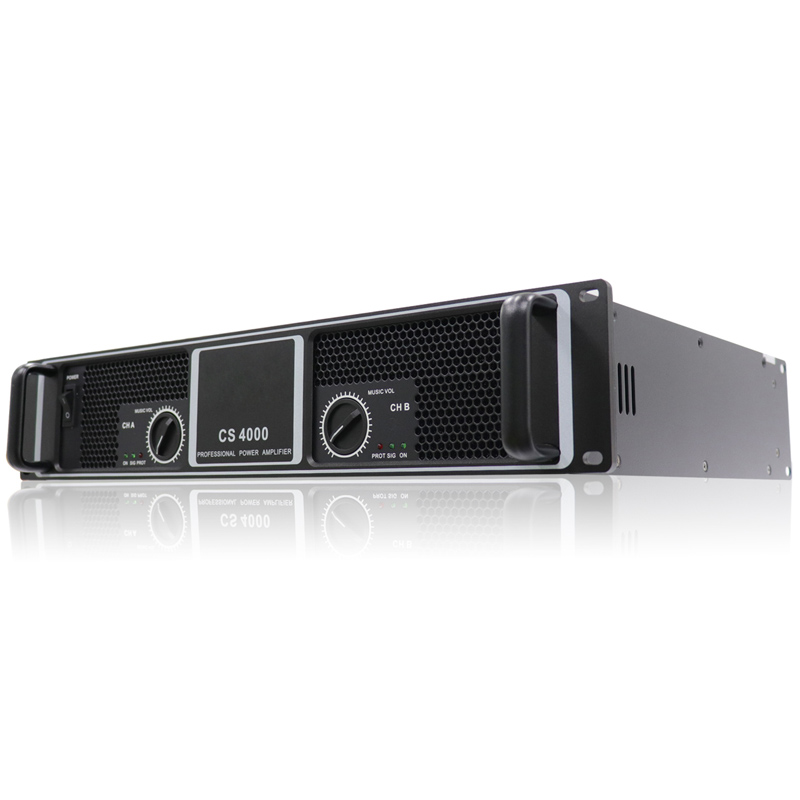
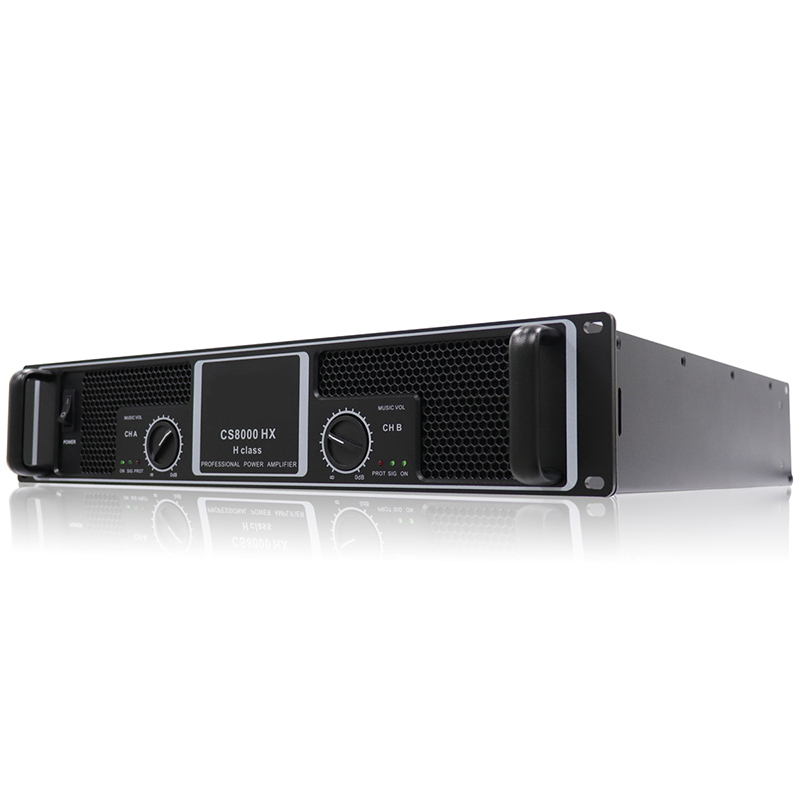

 Tel
Tel
 Email
Email
 Address
Address











